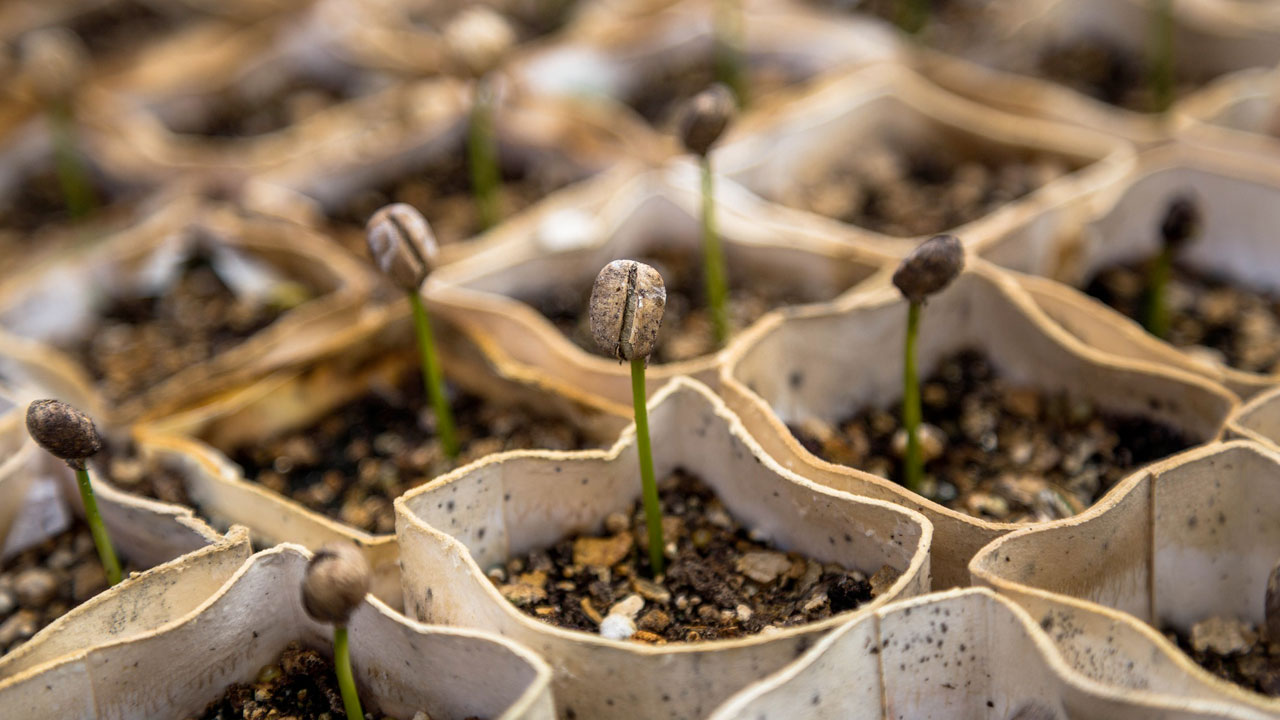Springtime Checklist
Mar 16th 2016
It doesn’t matter how long the winter lingers, spring is always sure to follow. It is never too early to start prepping for your spring garden. Don’t let the chilly weather stop you from getting your garden off to a good start.
Prepare your soil
It is a good idea to till your garden area, a good 8 to 12 inches beneath the surface. Be sure to remove any unwanted debris and rocks. You don’t want to dig or till your garden if the soil is too wet as this can ruin the soil structure. It is also crucial to add back any nutrients that may have leached away. Spread a layer of compost to provide plants with a good fertile foundation for a healthy start. You may also need to add a good fertilizer into this mix. Select a fertilizer that will meet the needs of your garden, follow the application rates listed on the label and then mix this into your soil. DripWorks has a variety of Fertilizers and Amendments to meet your diverse needs. Finally, top things off with a fresh new layer of good mulch.
Weeding
While some gardeners find it to be meditative and others may despise the task, weeding is very necessary. Although a few weeds can be valuable for increasing our gardens biodiversity, too many can look unsightly and may spread out of control. If you choose to pull them, try to pull up the whole weed including the root rather than snapping it off at the base. A helpful tool for removing weeds is the CobraHead Weeder & Cultivator. To avoid harsh chemicals and the extra time it takes to pull weeds, you can simply add Bio Paper Weed Barrier. Just place it on top of the soil, secure it with U-Shaped Wire Hold Downs and cut slits to insert your plants.
Pruning
Early spring is the best time to shape non-flowering shrubs and trees.
- Remove dead or diseased branches
- Remove branches that rub or touch other branches
- Remove old unproductive branches
Pruning is a horticultural practice that alters the form and growth of plants while encouraging the development of flowers, fruits, trees and shrubs. It is done to supply additional energy for the development of flowers and fruits. Like any other skill, pruning requires knowing what you are doing to achieve success. The old idea that anyone with a chainsaw or a pruning saw can be a landscape pruner is far from the truth. More trees are killed or ruined each year from improper pruning than by pests. Remember that pruning is the removal or reduction of certain plant parts that are not required, that are no longer effective, or that are of no use to the plant.
Selecting Plants
Some of us choose plants based on looks, but for best results, select plants based on which ones can best adapt to the climate in your area. If you are new to gardening and don’t know where to start, talk to your local nursery and ask which plants are native to the region. If you’re a gardener who prefers growing flowers, we suggest planting ones that will encourage pollinators to visit your garden. For a list of plants that will attract beneficial pollinators, visit our Creating a Spring Pollinator Garden blog. If you’re a gardener who prefers to grow vegetables, easy-to-grow vegetables include: lettuce, peppers, tomatoes, and cucumbers. Some plants, such as pansies and kale do great in cold weather and can be planted in late winter to early spring. Tomatoes and most annual flowers are touchy and should not be planted until the danger of frost has passed in your area. For a list of vegetables that grow well together, visit our Companion Planting for the Vegetable Garden blog.
Starting Seedlings
Whether you’re sowing seeds indoors or outdoors, make sure that the growing conditions are ideal. Water the seedlings frequently so they never dry out. They will require daily watering when they’re small. Get a head start by starting seeds indoors before the last frost date. You can place them in containers or flats designed for seedlings. Place the seeds into seed-starting soil mixes. Make sure that the seeds get plenty of sunshine or artificial light. Keep seeds moist but not wet or they may rot. For helpful tips on starting seedlings, you can refer to our Starting your Veggies from Seed blog.
Tune- Up
There is no better time than now to check that your irrigation system is ready for another season. Here are the things you want to look for:
- Check for leaks
- Damaged or worn out fittings and tubing
- Missing or damaged sprayer heads or emitters
- Inspect for clogs on screens or nozzles
Mark areas that need improvement or that need fixing. Make a list of items that need to be replaced and have things ready before you have to start irrigating. When starting up your system for the first time make sure to remove end fittings from the feeder lines to drain and wash away any insects or debris that may have gotten inside of the lines. Once you have flushed out the lines, place the end fittings back on and let the system run for a few minutes to inspect and ensure that everything is functional.
Happy Spring Gardening

